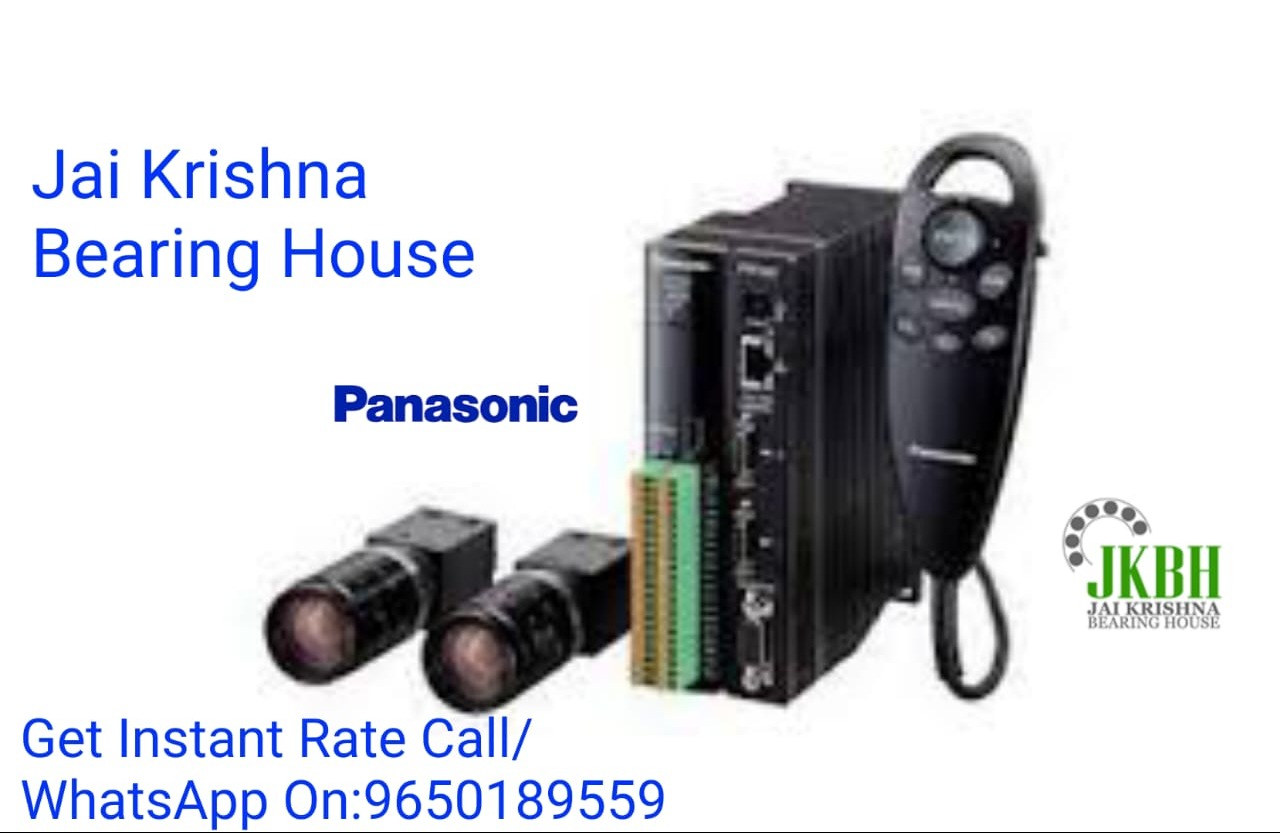
A Panasonic Vision System is an automated optical inspection system that uses cameras, lighting, image processing algorithms, and software to analyze visual data and make decisions based on that input.
Panasonic offers several models and series of vision systems under the “PV” series and “LUMIX” (in specialized cases), including:
PV200 / PV230: All-in-one compact vision systems.
PV500 / PV700 / PV710: Advanced multi-camera and high-speed systems.
MINASLIQ Vision Systems: Integrated with motion control.
Machine Vision Cameras (Industrial Smart Cameras).
🔷 2. Main Components of a Panasonic Vision System
✅ 1. Camera (Sensor)
Captures the image of the object.
Can be monochrome or color.
Comes in various resolutions (VGA to 5 MP or higher).
Can be smart cameras (with built-in processing) or standard GigE/USB cameras.
✅ 2. Lighting
Essential for highlighting features or defects.
Types include:
Ring lights
Bar lights
Backlights
Coaxial lights
✅ 3. Lens
Focuses the image onto the sensor.
Fixed or adjustable focal length.
Selection depends on field of view and working distance.
✅ 4. Controller (or Image Processor)
Processes images using software algorithms.
Panasonic controllers like PV230 are compact and have built-in tools.
High-end systems can connect to external PCs.
✅ 5. Software
Panasonic’s vision systems are programmed and configured through:
PVWIN (for PV Series)
Vision Processor GUI with drag-and-drop tools
Built-in functions:
Pattern matching
Blob analysis
Edge detection
Barcode/QR code reading
OCR (Optical Character Recognition)
Defect detection
Measurement tools (distance, angle, radius)
🔷 3. Key Features
Feature Description
📸 Pattern Matching Identifies parts regardless of position or orientation
🧠 AI Integration (newer models) Some systems support AI-based inspection for complex decisions
📏 Measurement Tools Accurate 2D measurement (length, angle, area, etc.)
📦 Barcode/QR Reading Reads 1D and 2D codes at high speed
🔁 Repeatability Very high precision for quality assurance
🖥️ Multi-Camera Support Higher-end models support multiple cameras for complex views
🌐 Communication Protocols Ethernet/IP, TCP/IP, RS232, PLC protocols (Mitsubishi, Omron, etc.)
🔧 Configuration Interface Intuitive GUI-based setup; no coding required in basic systems
🔷 4. Common Applications
Industry Application Examples
Automotive Assembly verification, weld seam inspection
Electronics PCB inspection, component alignment, soldering check
Pharmaceutical Packaging integrity, label verification, pill counting
Food & Beverage Bottle cap inspection, fill level, label position
Packaging Barcode verification, print inspection, seal detection
🔷 5. Benefits
✅ Improves product quality
✅ Reduces labor costs
✅ Ensures traceability
✅ Increases production speed
✅ Minimizes human error
✅ Supports Industry 4.0 (with data integration)
🔷 6. Limitations
❌ Initial setup and calibration can be time-consuming.
❌ Environmental conditions (lighting, vibration) can affect accuracy.
❌ AI-based models are more expensive.
❌ Not suitable for highly reflective or transparent objects without special setups.
🔷 7. Example: Panasonic PV230 Vision System
Specification Detail
Type All-in-one vision system
Display Built-in color LCD + GUI
Cameras Supported 1 or 2
Tools Pattern match, OCR, measurement
I/O Digital I/O, Ethernet, RS-232
Application Label check, code reading, presence detection
🔷 8. Integration with PLCs / HMIs
Panasonic vision systems easily integrate with:
Panasonic PLCs (FP Series)
Third-party PLCs (Mitsubishi, Omron, Siemens)
Delta/Weintek/Pro-face HMIs via Modbus or Ethernet
Keywords
5 mp
pv series
special setups 7
transparent objects
highly reflective
coding required
2d codes
sensor fixed
defects types
highlighting features
builtin processing
smart cameras
resolutions vga
specialized cases
high precision
vision systems
high speed repeatability
panasonic vision system
input panasonic offers
make decisions based
analyze visual data



